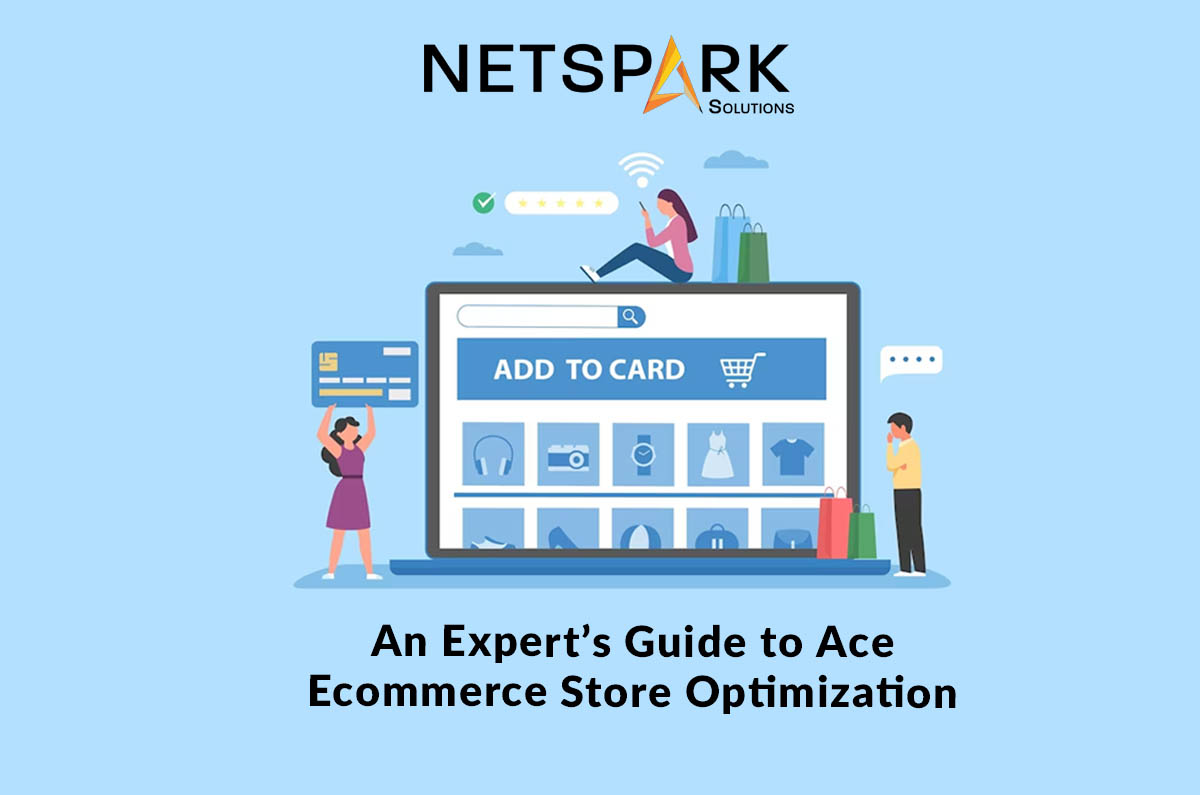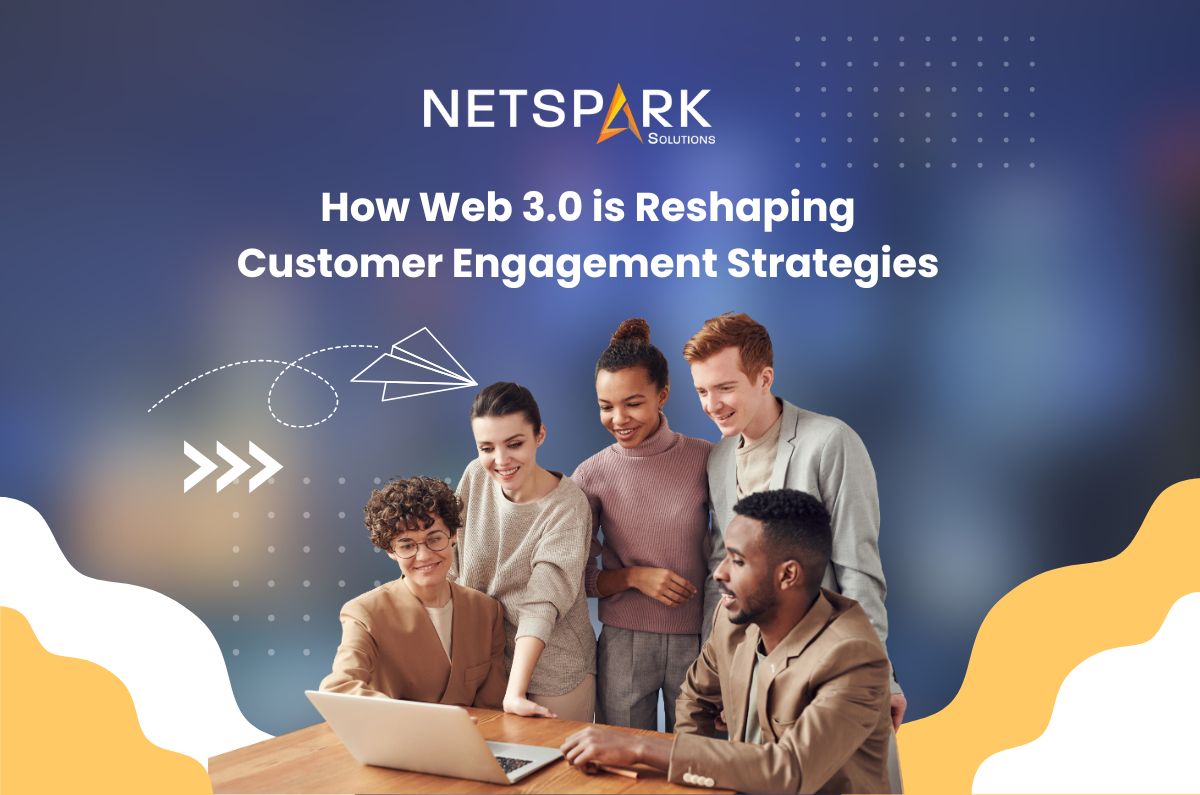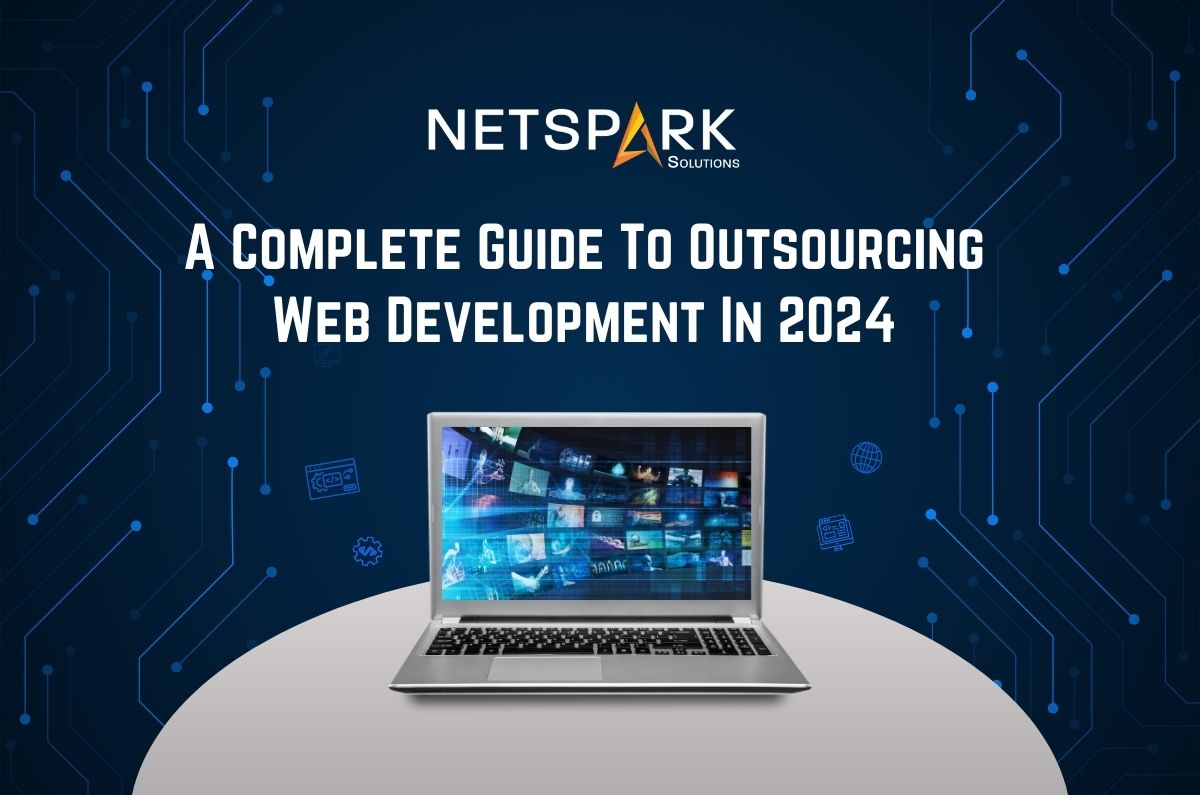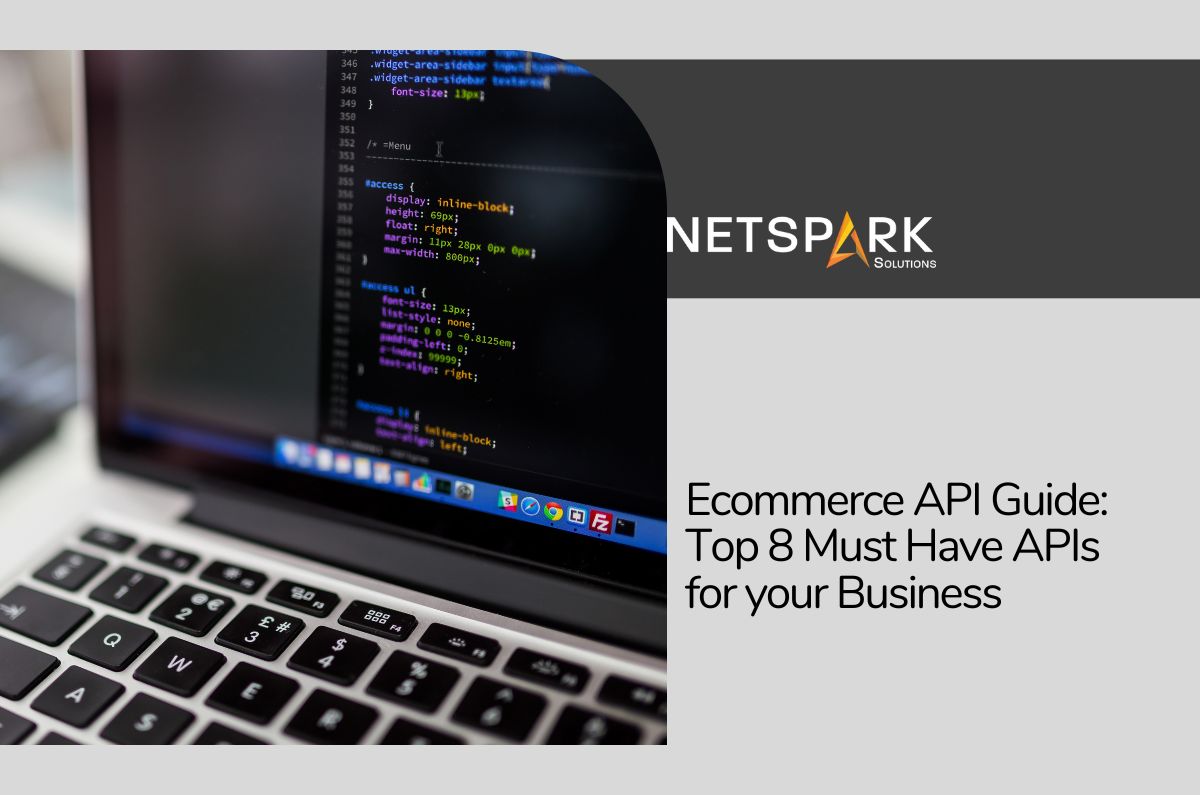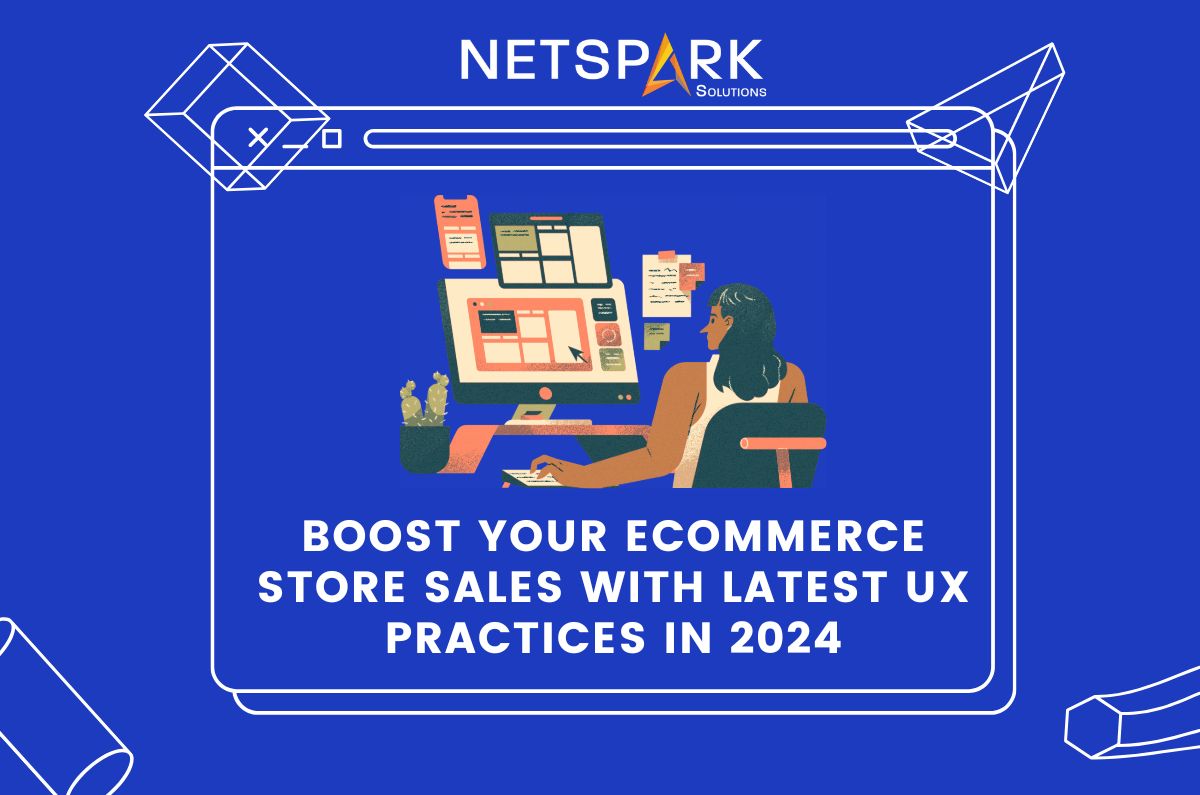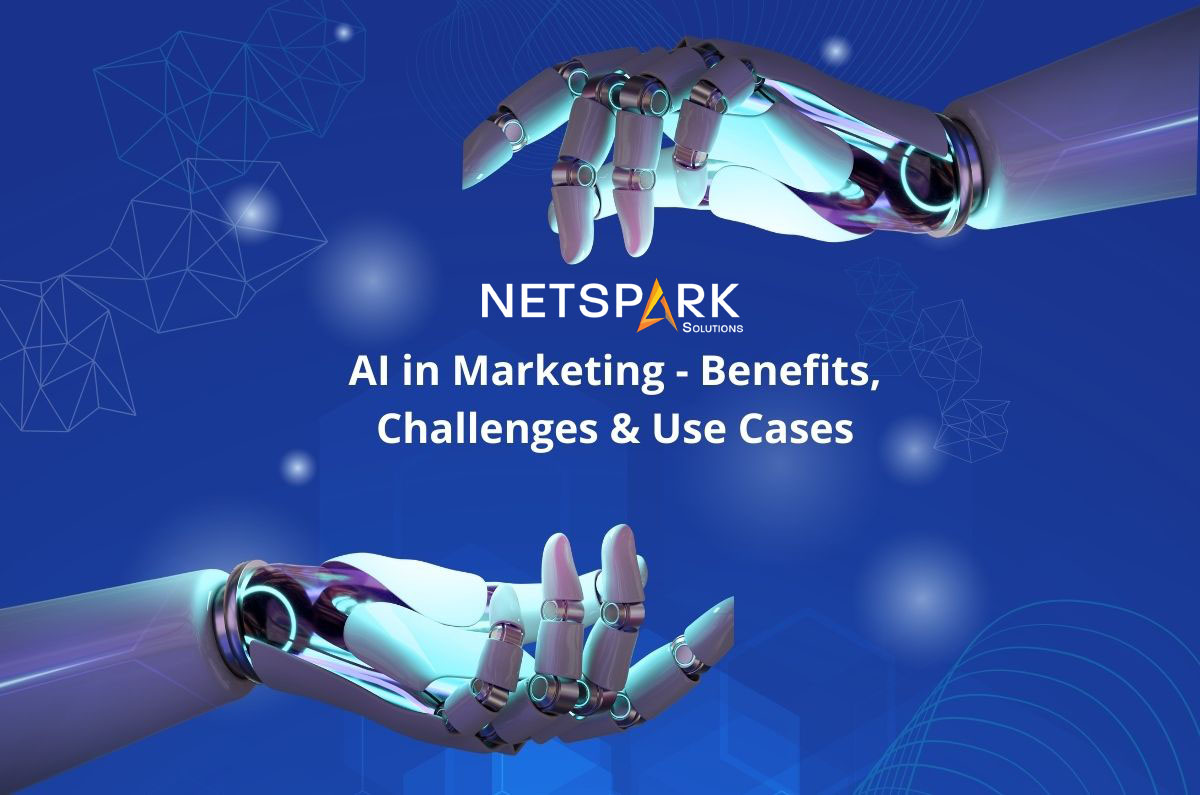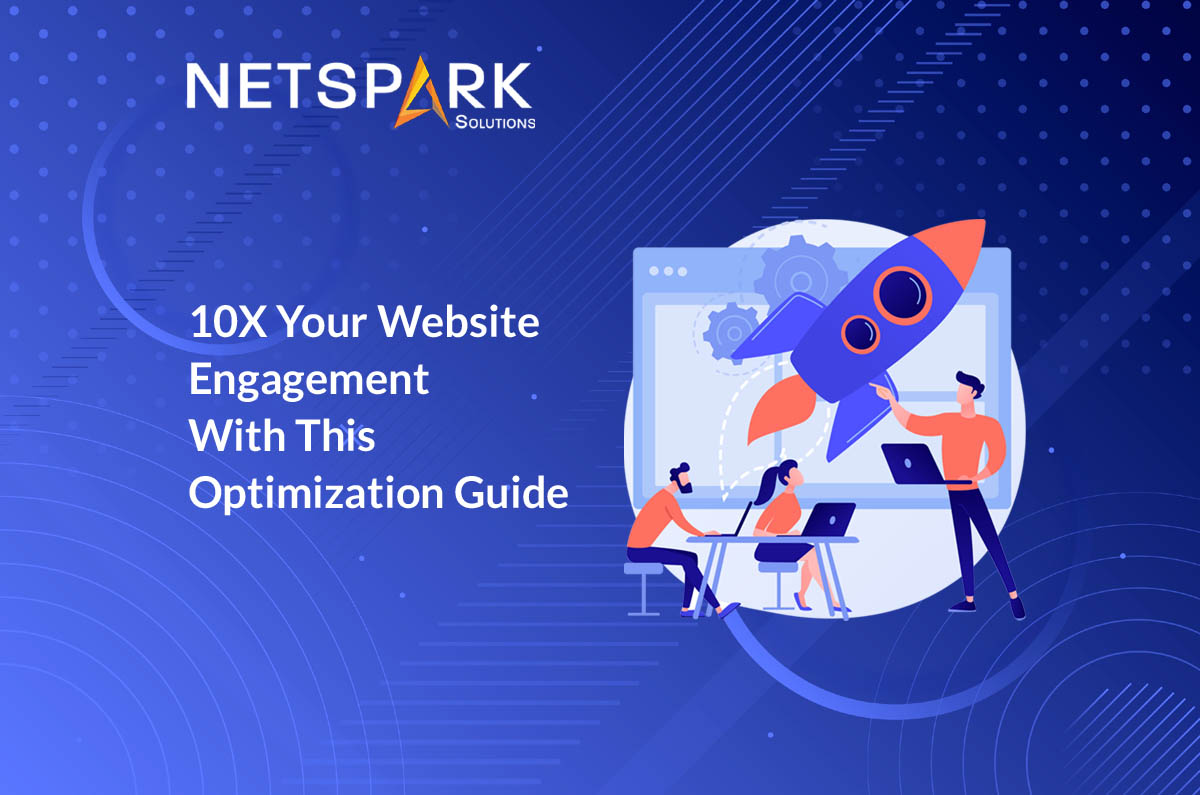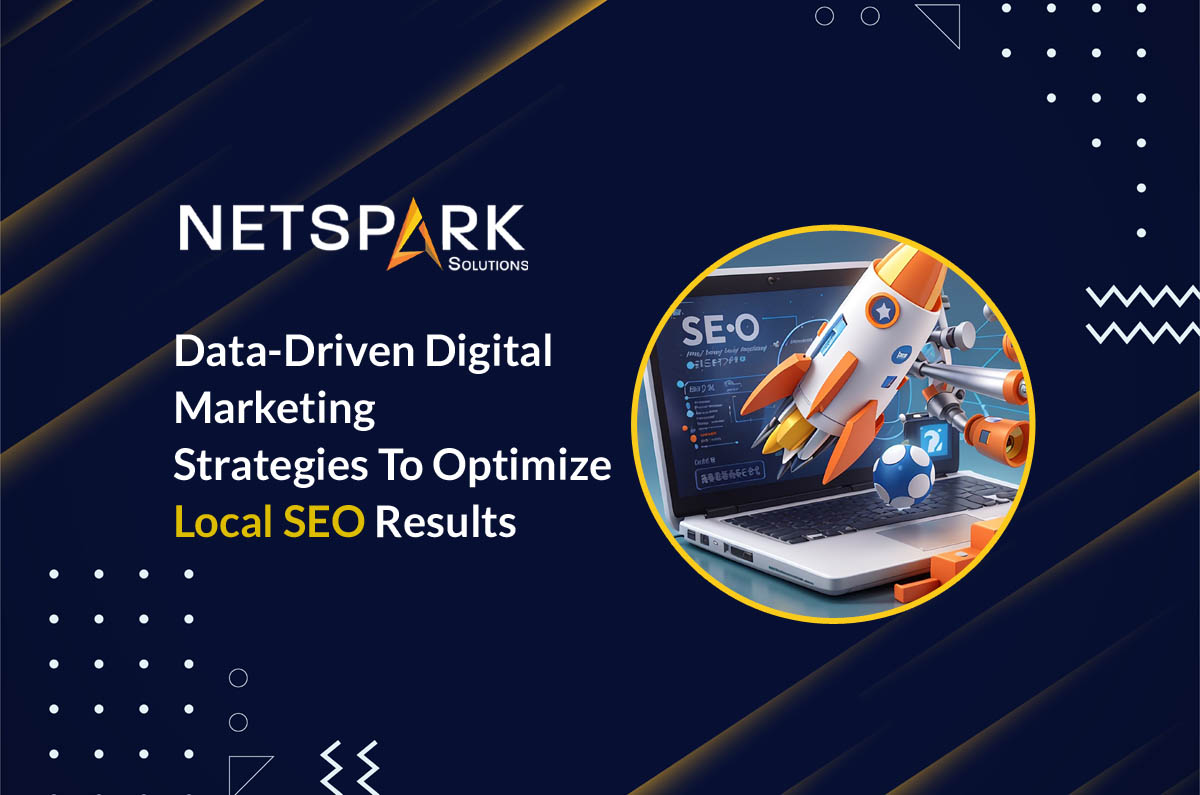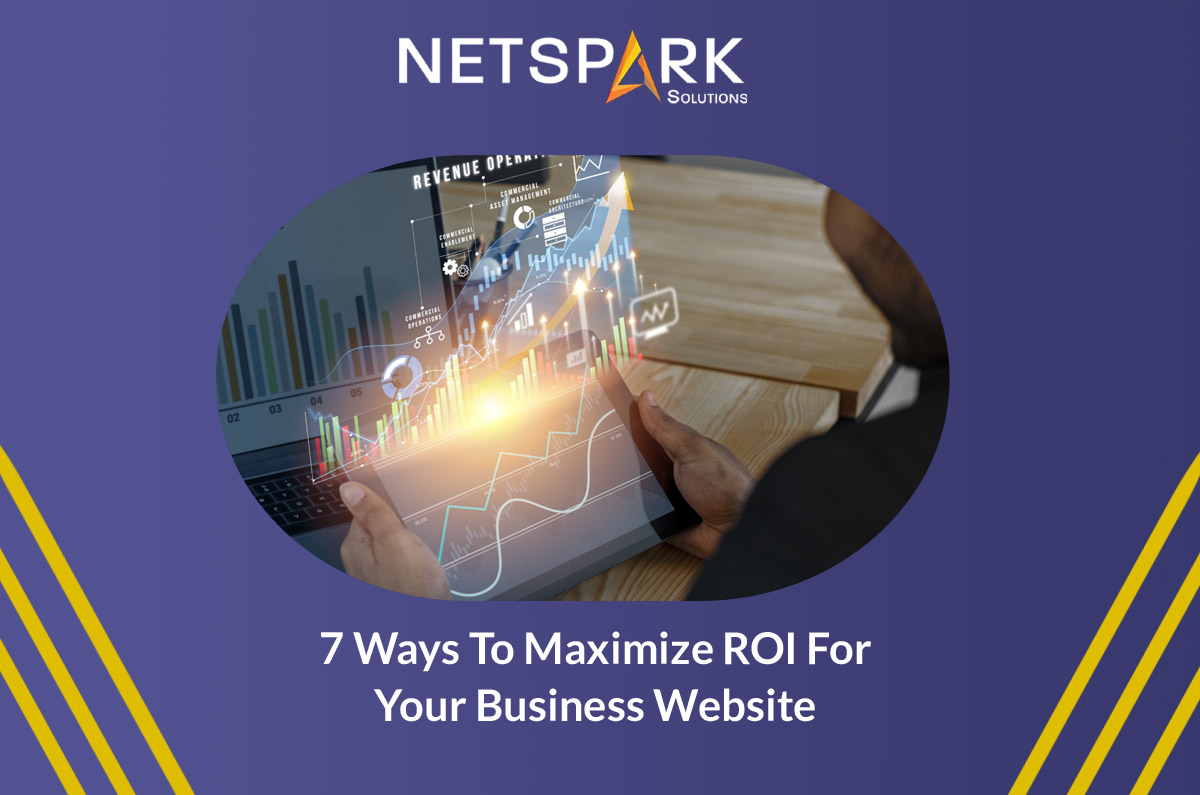Every year, dozens of new trends penetrate the ecommerce market. Businesses need to stay on top of these latest trends to integrate a seamless shopping experiences into their online stores.
Since the competition is fierce, online merchants always have to implement the best practices to optimize their stores and keep their conversion rate higher. We are living in a tech-savvy era and customer experience has become the primary force to establish your business as an industry leader.
In short, the importance of a finely-tuned online store for driving sales and conversions has never been greater. From hiring a reliable team of ecommerce website developers to providing a secured payment module, a lot of factors go into optimizing an online store for better user experience.
This blog will delve into 5 crucial strategies that businesses can implement to ace ecommerce store optimization in 2023.
1. Impeccable Website Performance and Speed
a sluggish website can spell disaster for online businesses. Research from Google highlights that a staggering 53% of mobile users are quick to abandon websites that don’t load within a mere 3 seconds. This stark reality underscores the paramount importance of a smooth and swift user experience.
To guarantee such an experience, a strategic approach to website performance becomes imperative:
Invest in Reliable Hosting: The foundation of a high-performing website rests on the hosting solution you choose. Opting for a hosting service that can effortlessly handle your traffic while ensuring consistent uptime is a non-negotiable step.
Optimize Images: Visual content is a cornerstone of ecommerce, but it can also be a loading-time culprit. By skillfully compressing images without sacrificing quality, you can strike a harmonious balance between aesthetics and performance.
Minimize Plugins and Scripts: The allure of plugins and scripts can be tempting, but overindulgence can lead to sluggishness. Keeping the use of plugins and scripts to a minimum prevents unnecessary bloat and helps maintain the brisk loading times that users demand.
2. Mobile-First Design
Embracing a mobile-first design philosophy has evolved from a choice to a necessity for triumph in 2023. The paradigm shift brought forth by Google’s mobile-first indexing underscores that a website’s mobile rendition has become the foremost criterion for search engine ranking. Here are actionable steps to excel in this mobile-driven landscape:
Responsive Design: In a world of diverse device dimensions, a responsive design is paramount. Ensuring that your website seamlessly adapts to a spectrum of screen sizes guarantees a consistent and enjoyable user experience.
Thumb-Friendly Navigation: Recognizing the unique dynamics of mobile usage, crafting menus and buttons with the ergonomics of mobile users’ thumbs in mind can enhance accessibility and ease of navigation.
Accelerated Mobile Pages (AMP): In the pursuit of expeditious mobile encounters, implementing Accelerated Mobile Pages (AMP) can work wonders. These pages are designed for swiftness, delivering content promptly and enhancing user engagement.
3. Personalization and Customer Segmentation
Customizing your offerings to align with each customer’s preferences holds the key to elevating engagement and driving conversions. The utilization of data to curate personalized shopping journeys stands as a potent strategy:
User Behavior Analysis: Delving into the nuances of user browsing and purchase patterns is the bedrock of understanding their distinct inclinations. By deciphering these insights, you can tailor your offerings to resonate with their preferences effectively.
Dynamic Recommendations: The infusion of AI-powered recommendation systems introduces a new dimension of personalization. Leveraging historical user data, these systems can adeptly suggest products that align with individual interests, enhancing the likelihood of conversion.
Segmented Email Campaigns: Elevating your email marketing game involves segmenting your email list strategically. By categorizing recipients based on factors such as past purchases, browsing history, or demographic information, you can craft targeted content and offers that resonate deeply with each subgroup.
4. Streamlined Checkout Process
A frictionless checkout journey is the linchpin of conversion. By integrating guest checkout features, employing progress indicators for transparency, and diversifying payment options, you not only enhance the user experience but also mitigate the risk of cart abandonment, propelling your optimization efforts to fruition.
Guest Checkout: Granting users the option to complete their purchase sans the need for an account creation can be a game-changer. This streamlined approach reduces barriers, expediting the checkout journey.
Progress Indicators: Providing users with a clear roadmap of the steps within the checkout process is essential. Visual progress indicators ensure users are informed about their current stage, reducing uncertainty and enhancing their overall experience.
Multiple Payment Options: Recognizing the diversity in customer preferences when it comes to payment methods, offering a range of choices is pivotal. This flexibility accommodates various user needs and fosters a sense of convenience.
5. Social Commerce Integration
The convergence of social media and commerce offers a unique avenue for growth. You can leverage shoppable posts, influencer collaborations, and user-generated content to capitalize on the transformative potential of social commerce, ushering your business into an era of expanded reach and heightened engagement.
Shoppable Posts: Exploit the capabilities of platforms such as Instagram and Facebook that facilitate direct purchases from posts. By converting your posts into shopping opportunities, you merge content and commerce seamlessly.
Influencer Collaborations: Forge partnerships with influencers to unveil your products to a broader audience. Their endorsement lends credibility and authenticity, fostering trust among potential customers.
User-Generated Content: Inspire your customers to contribute to your brand narrative by sharing content showcasing your products. This not only enhances engagement but also creates a sense of community around your brand.
6. Data-Driven Optimization
Harnessing the power of data is the linchpin of achieving triumphant ecommerce outcomes. By vigilantly tracking vital metrics and perpetually fine-tuning strategies based on acquired insights, you can chart a course towards resounding success:
Conversion Funnel Analysis: Embark on a comprehensive exploration of the conversion funnel, scrutinizing every juncture of the purchase journey. This meticulous examination enables you to pinpoint areas where potential customers drop off, thereby empowering you to implement targeted optimizations that plug these gaps and enhance the overall funnel performance.
A/B Testing: The art of experimentation finds its prime utility in A/B testing. By subtly altering elements such as CTAs, imagery, or product descriptions, you can gauge their impact on user engagement and conversion rates. This empirical approach guides you towards understanding what resonates most profoundly with your audience.
Heatmaps and User Recordings: Unveil the hidden dimensions of user behavior and interactions through heatmaps and user recordings. These visual tools offer real-time insights into how users navigate and engage with your website. This granular knowledge empowers you to craft an experience that aligns seamlessly with user expectations.
Conclusion
In the highly competitive landscape of ecommerce, optimization is the key differentiator between a thriving online store and one that struggles to make an impact. By focusing on website performance, mobile design, personalization, checkout efficiency, social commerce, and data-driven decision-making, businesses can position themselves for ecommerce success in 2023. Remember, the journey to mastering optimization is an ongoing process, but the rewards in terms of increased sales and conversions are well worth the effort. Hire our expert ecommerce website developers and marketing experts and let us devise a success-driven roadmap for your online store.

